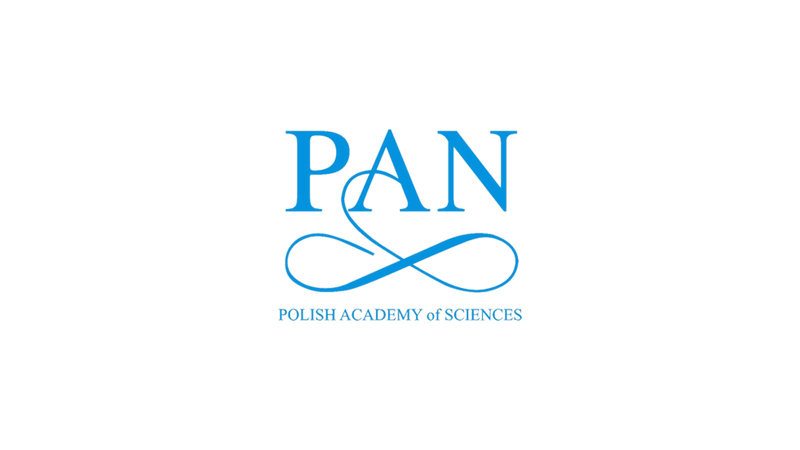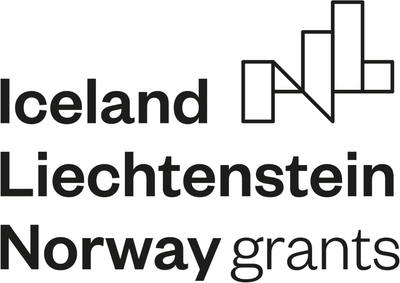Polish Academy of Sciences

The Polish Academy of Sciences (PAS) is a major state-funded institution of higher education and research in Poland. It consists of three main pillars: a body of elected members, a network of research institutes (including some of the top scientific centers in the country), and also a set of committees focused on specific disciplines and problem issues.
The first these is the elected body of Members of the Academy, which consists of up to 350 National Members – all of them highly distinguished scholars and scientists of renowned achievements and respected authority. The Academy also currently has 163 Foreign Members. Membership in the PAS is considered a great honor and an expression of the highest recognition for preeminent scholarly accomplishments. Since 2010, an elected body of talented researchers of the younger generation, known as the Polish Young Academy , has also been operating within the structure of the PAS.
The second pillar of the Polish Academy of Sciences is the network of PAS research institutes. The strongest research network in the country, it consists of 69 scientific institutes , many of them ranking among the very best in Poland, indeed even Europe and the wider world. The PAS Institutes are engaged in carrying out top-notch research projects in almost all scientific fields. They generate the inventions, patents, and scientific advances that are the Academy’s hallmark, helping to expand humanity’s horizons and change the world in a positive way.
The third pillar, in turn, consists of a set of committees and advisory panels that disseminate scientific knowledge and provide the kind of expertise that is crucial for robust public debate. These are expert groups that draw together specialists with different narrow specializations and fields of expertise. They create a space for intellectual exchange and relationship-building among scholars. They serve as the national-level representation of various scientific communities and disciplines and they perform important advisory functions.
Other important parts of the Academy include its auxiliary units, including libraries, archives, museums, a botanical garden and conference centers . The Academy also has territorial branches centered in eight Polish cities, which serve to integrate the local scientific community in the region, to initiate research and to disseminate research results. Moreover, the Academy also maintains a strong presence outside of Poland, via its scientific centers in six major European capital cities.
